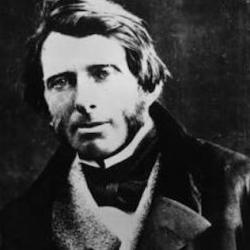As the title suggests, Miles Unger’s Michelangelo: A Life in Six Masterpieces tells the life story of Michelangelo through six of his great works, including his Pieta, the David statue, the Sistine chapel.
As masterful as those works were, and as much as the impressed themselves on the future of art, his most lasting contribution to art may have been his success in cultivating a new portrait of the artist.
According to Unger, “In the face of the skeptics and the scoffers, Michelangelo promoted a new conception of t he artist, one in which the crass demands of commerce and the demeaning associations of manual labor have been sloughed off to reveal a creature as yet ill-defined but still thoroughly magnificent. ‘I was never a painter or a sculptor like one who keeps a shop,’ he insists. But if not, what kind of artist is he? Implicit in Michelangelo’s outburst is a radical claim: the painter or sculptor was no longer just a humble craftsman but a shaman or secular prophet, and the work of his hands was akin to holy writ.”
Unger sees “Michelangelo’s entire life [as] a rebuke to those who thought the artist’s job was to supply pretty images to order for anyone with a few ducats in h is pocket.” Rather, artist exists to “channel the most profound aspirations of the human spirit.”
The artist transcended not only commerce but domestic life: “Asked why he never married, he responded, ‘I have too much of a wife, which is this art that has always given me tribulation, and my children will be the works that I shall leave.’ In a sonnet, he took this analogy one step further, writing of his unforgiving muse: ‘This savage woman, by no strictures bound, Has ruled that I’m to burn, die suffer. . . . My blood, however, she drains pound by pound; She strips my nerves the better to undo My soul.’”
For Michelangelo, the artistic results speak for themselves, but it’s not clear that the mantle of the prophet fits every artist. And it’s an open question whether this ideal of the artist has been good for the arts.














